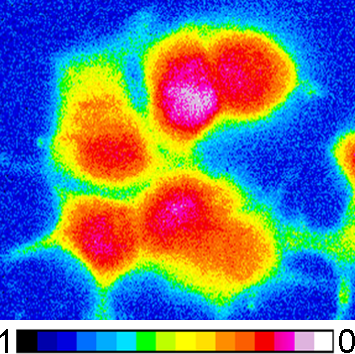Oncogenic signaling pathways

From fundamental research to drug discovery
Intracellular signaling governs numerous cellular activities in normal and pathological conditions. My research focuses on the evolutionary conserved Wnt/Frizzled signaling pathway, which is crucial for organism development but is also important in the adult, regulating stem cell proliferation, tissue regeneration, synapse formation, and when misactivated – cancer. Among the organs most susceptible to oncogenic transformation due to overactivation of this pathway are the colon, the breast, and the liver.
Targeted pharmacological downregulation of the Wnt pathway is a ‘holy grail’ of many of the modern anticancer drug discovery programs, yet it has so far been elusive, with only a few Wnt-targeting therapies achieving just the early phase of clinical trials.
Establishment of novel paradigms for the Wnt-targeting drug discovery, as well as discovering novel molecular components of the Wnt pathway as potential drug targets is imperative to advance this domain of biomedicine. My laboratory is active in both.
Numerous novel players involved in Wnt signaling have been discovered by my research, some of them proving to be promising drug targets. And multiple ‘lines of attack’ of my laboratory against the Wnt pathway in cancer have created an ever-expanding portfolio of anti-Wnt signaling drug candidates at different stages of development. This combination of fundamental and translational research will continue to produce new discoveries of the signaling mechanisms and new drug candidates to combat cancer.
Another axis of my research concerns the analysis of signaling mechanisms by G protein-coupled receptors (GPCR). Here, we use various approaches spanning from the most fundamental like application of the information theory to study the basic principles of GPCR signal transduction, to translational like development of treatment avenues to pediatric encephalopathies caused by mutations in genes encoding components of the GPCR signaling.
Finally, yet another direction of my research also ranging from fundamental to applied involves the investigation of mechanisms of formation and functioning of biological nanocoatings and synthetic application of these mechanisms. Started as the study of anti-reflective and anti-adhesive nanocoatings on the surface of insect eyes, this line of research now brings us to creation of artificial coatings with diverse applications in ophthalmology, optics, microelectronics and medical devices.
